There Came an Echo

There Came an Echo is the second title from indie developer Iridium Studios. It follows in the footsteps of Sequence, which was released in 2011, but it’s only sorta-kinda a sequel. There Came an Echo includes some of the characters from Sequence, but the two games don’t have anything in common genre-wise. Sequence was a rhythm / RPG hybrid, while There Came an Echo is a real-time tactical strategy game.
There Came an Echo puts you in control of a small group of characters. At the start of the game you’re introduced to a programmer named Corrin (voice acted by Wil Wheaton), who is the author of the Radial Lock security protocol. In a scene reminiscent of The Matrix, Corrin is contacted by an operative named Val, and he’s informed that some men are coming for him. Val then guides Corrin out of his office building and into a waiting car, where he learns that his protocol is guarding some “dangerous” data, and that the men chasing him want him to break through the protocol so they can acquire it. Soon enough, Corrin meets some other people associated with the data, and together they begin piecing together what the data is, who has it, and who wants it — not to mention who Val might be.
The campaign in the game contains ten missions, and you get to control at most four characters in each of them. The characters are all identical (which is strange given that Corrin shouldn’t be nearly as effective in combat as the professional mercenary you meet later); the only difference is in how you equip them. Each character can use at most three weapons and wear at most two accessories. Weapons include pistols (which are wimpy but free to use), sniper rifles (which are powerful but take a long time to aim), rail guns (which are powerful and quick but also expensive), charge guns (which cause area damage), and screw guns (which fire quickly and can suppress opponents). Accessories give small bonuses to characters, like one that improves pistol accuracy by 10%.
Each mission in the campaign is tightly scripted, where you move from one small battle to the next while completing your objectives. The graphics engine gives you a fixed isometric view of your surroundings, so it’s easy to see what’s going on and where everybody is. The battles are played out in real time, and they usually don’t take very long. All characters in the game have shields, but once they get used up the character dies. Along with getting hit by enemies, your characters also use up their shield energy when they fire their non-pistol weapons, which means you have to pick and choose when to use them. However, your characters also get a pair of batteries, which can replenish their shields, so you don’t have to be too picky. Characters can also use some of their shield energy to revive a downed ally.
The combat engine isn’t especially complicated. The game allows you to use cover objects to protect your characters, and so most of the time all you have to do is put your characters in a good position (such as someplace where they can flank their enemies) and then switch weapons as needed. There isn’t any way to pause the game during a mission, but luckily your characters automatically fire at opponents, and so you’re not always required to do a whole lot while overseeing them.
The most interesting thing about There Came an Echo is the interface, which allows you to control your characters in one of three ways: by using a traditional mouse and keyboard set-up, by giving audio commands to your characters, or by using Intel’s RealSense technology. I didn’t have any way to try out RealSense, so I’ll only comment on the other two options.
There Came an Echo was designed to use audio input, where you can say things like “Corrin, move to alpha-2″ (all locations are given letter codes) or “Corrin, attack 1″ (all enemies are given numeric codes) or “Corrin, switch to sniper rifle,” and Corrin will follow your orders. This system of course requires you to have a microphone, and ideally you should have the microphone attached to a headset, so your input volume is consistent.
The game comes with some settings for the audio input, including voice sensitivity and language / accent, but nothing really worked for me. Only about half of my commands ever registered, and so I had to constantly repeat myself, which was a problem during the quick battles. Worse, sometimes only part my commands went through, and so if I said something like “Corrin, move to beta-3″ and the game ignored the “Corrin” part, then the command would go to whichever character was currently selected, meaning I often had characters not doing anything or doing the wrong things. The game also includes an “on my mark” system, which allows you to coordinate the activities of your characters (so they all do something when you say “mark”), but this almost never worked for me. I was far more likely to have a character follow the order immediately rather than wait for the mark, which was always disastrous.
The mouse and keyboard system was much safer for me to use, but it’s a little slow and clunky. To use the mouse to give commands, you have to select the character for the order, then right click to bring up a context sensitive menu, and then left click on the option you want. That’s slow enough, but then before the order is followed, for some reason Val has to say it out loud, which slows down your commands even further. Worse, the context-sensitive menu is a little odd, and it’s way too easy to think you’re clicking on one option when you’re really clicking on another. Luckily, some commands can avoid the context sensitive menu altogether. For example, if you select a character, then you can right click on a destination for him to move to or a target for him to attack (assuming the game recognizes when you target an enemy, which wasn’t often for me).
So the interface gave me one headache after another, and I also wasted a lot of time trying to figure out a setting where my microphone would provide me with better results, all to no avail. But eventually I got to a place where I could at least play the game — just in time for the campaign to come to an end. You might think that this means it took me a long, long time to work things out, but no, the campaign is just really short. Even with the troubles I had, which caused me to have to repeat some missions, the game still only took me five hours to complete. At the end, it didn’t even feel like I’d played a game at all, but instead just a demo showing how the audio interface works. The brevity of the campaign also kills what might have been an interesting story. There isn’t enough time to build up any tension or make any of the characters meaningful. All you get are the CliffsNotes.
And so, overall, There Came an Echo didn’t work out very well for me. I’m happy that Iridium Studios continues to try new and unusual things, and I’ll even say that when the audio interface actually worked for me, it made the missions feel much more involving (perhaps because it made them feel more like multiplayer missions). But the game was far too short and far too broken for me to recommend it. I can only hope that Iridium keeps patching the game and learning from it, so that if they decide to keep going with this style of interface, their next game will be more worthwhile.
Reviewed By: Steven Carter
Publisher: Iridium Studios
Rating: 68%
——————————————————————————–
This review is based on a digital copy of There Came an Echo for the PC provided by Iridium Studios.
 Game Over Online
Game Over Online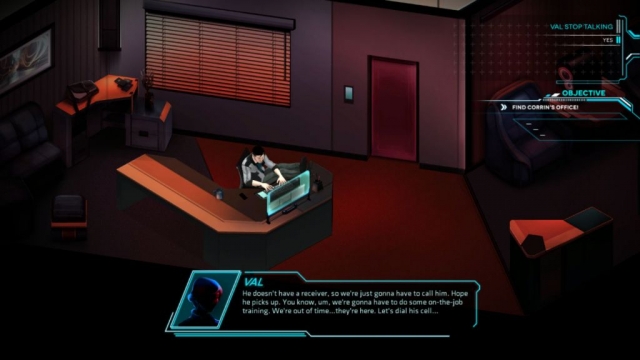
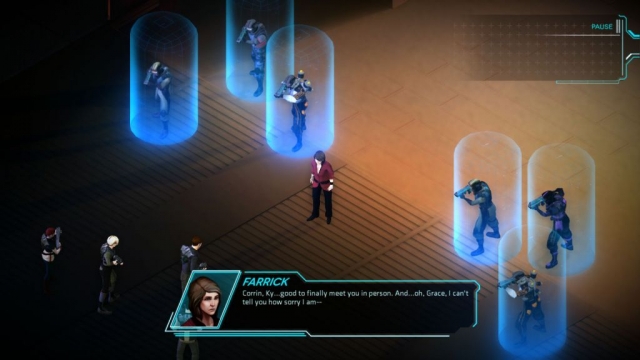
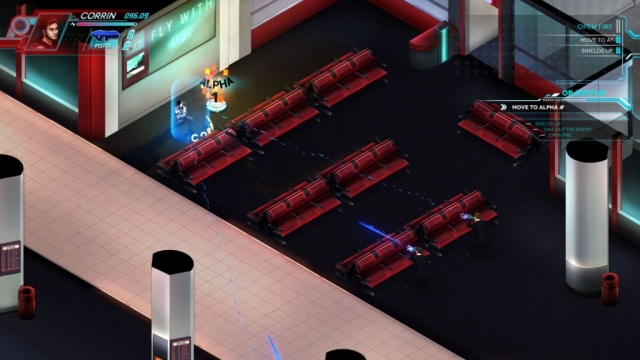
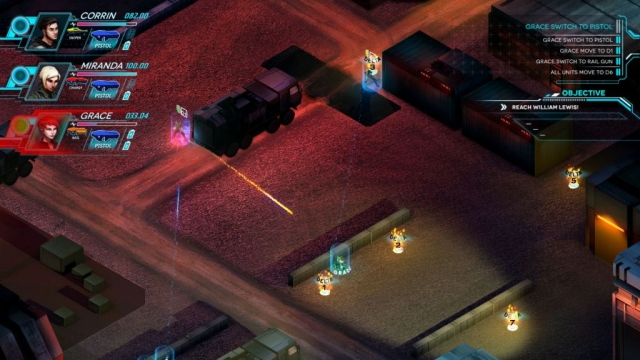
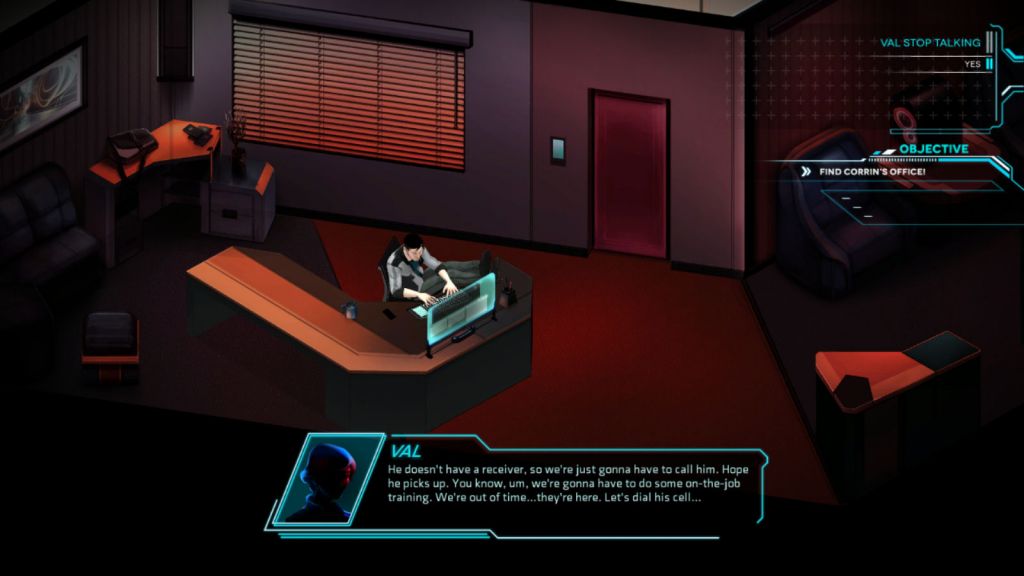
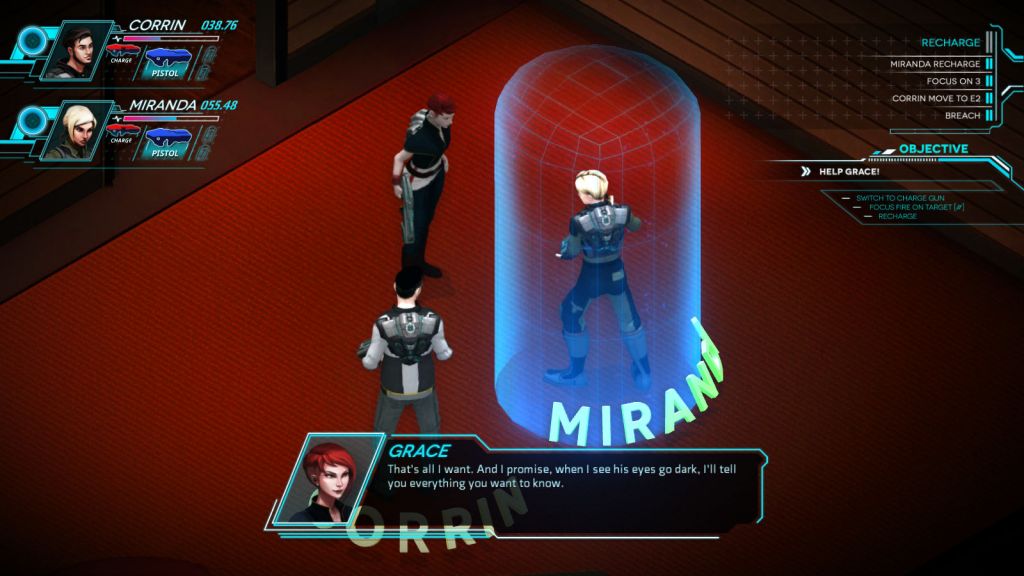
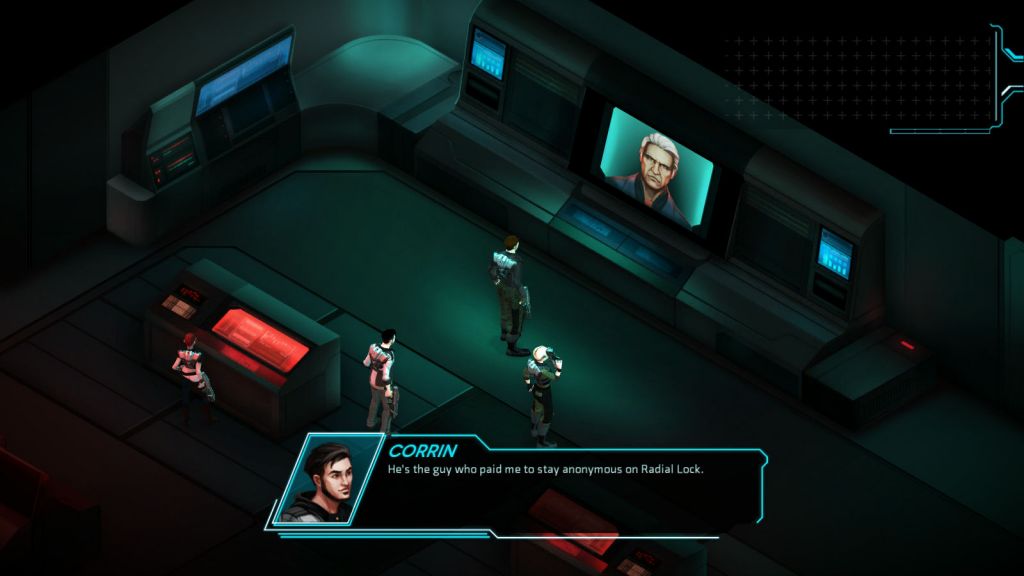
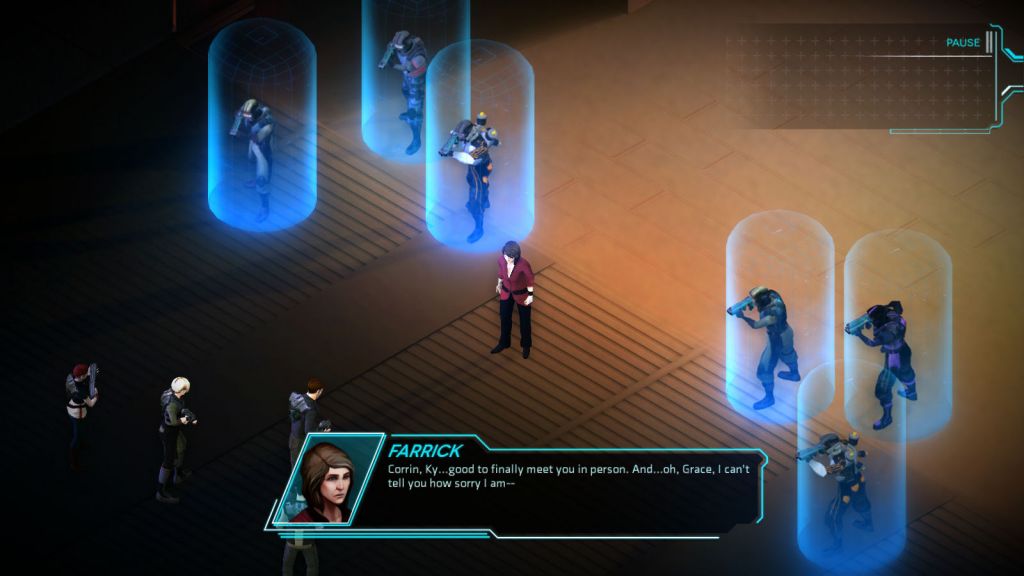
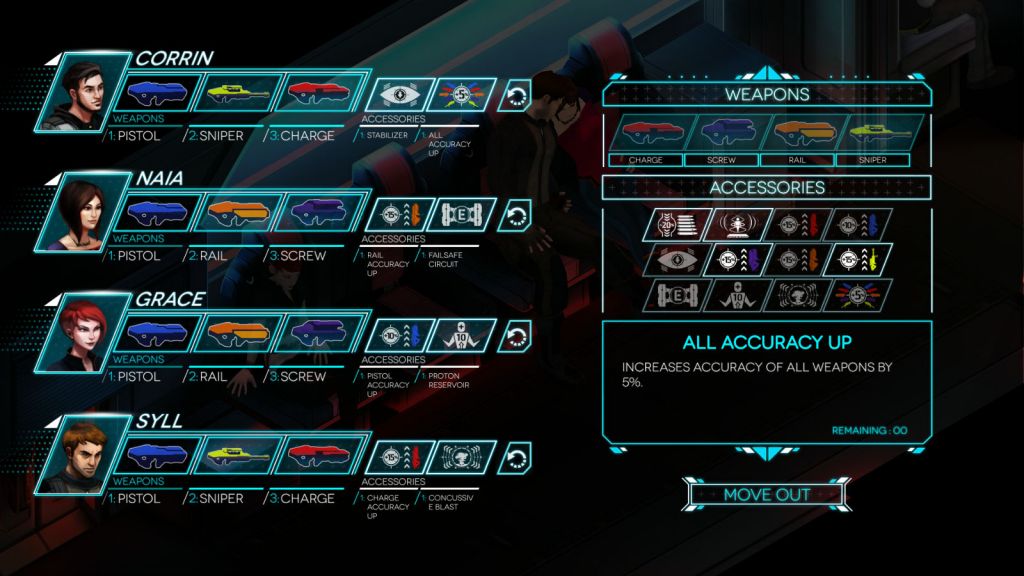
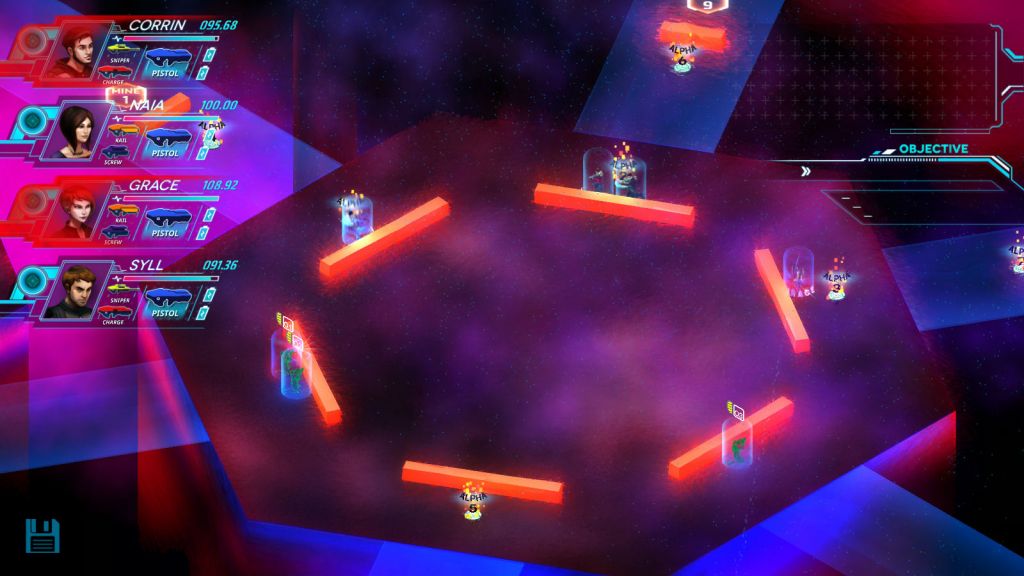
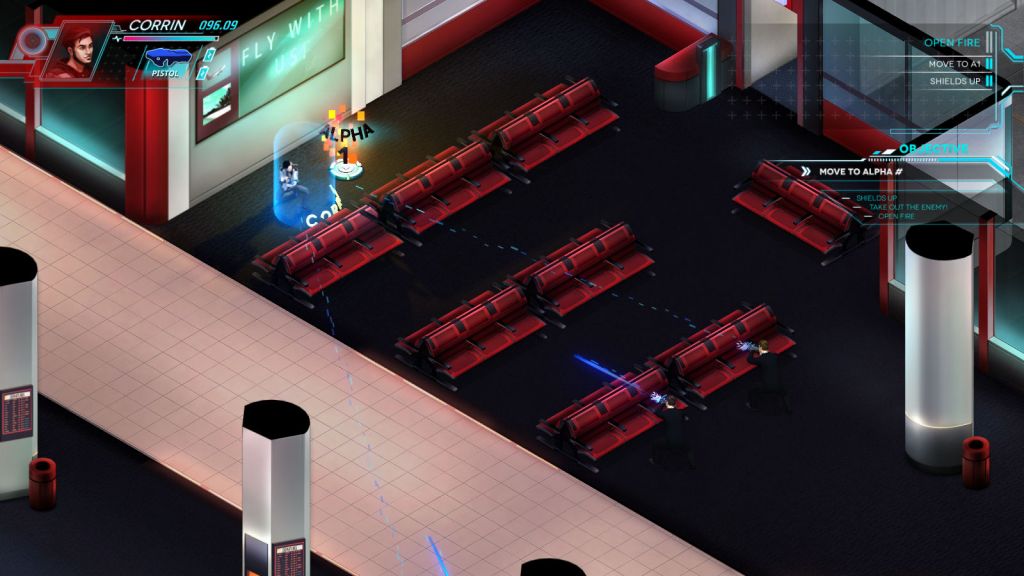
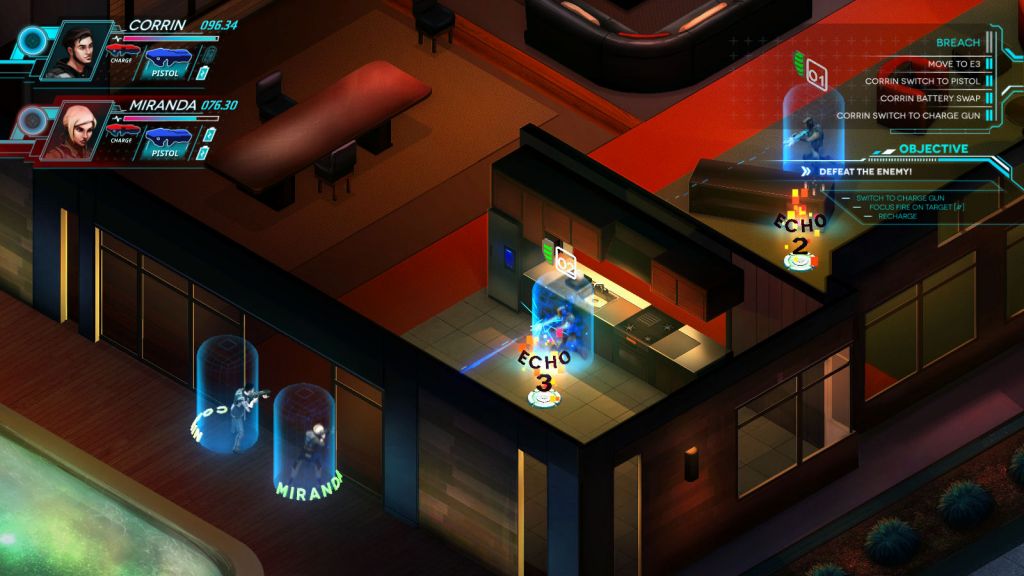
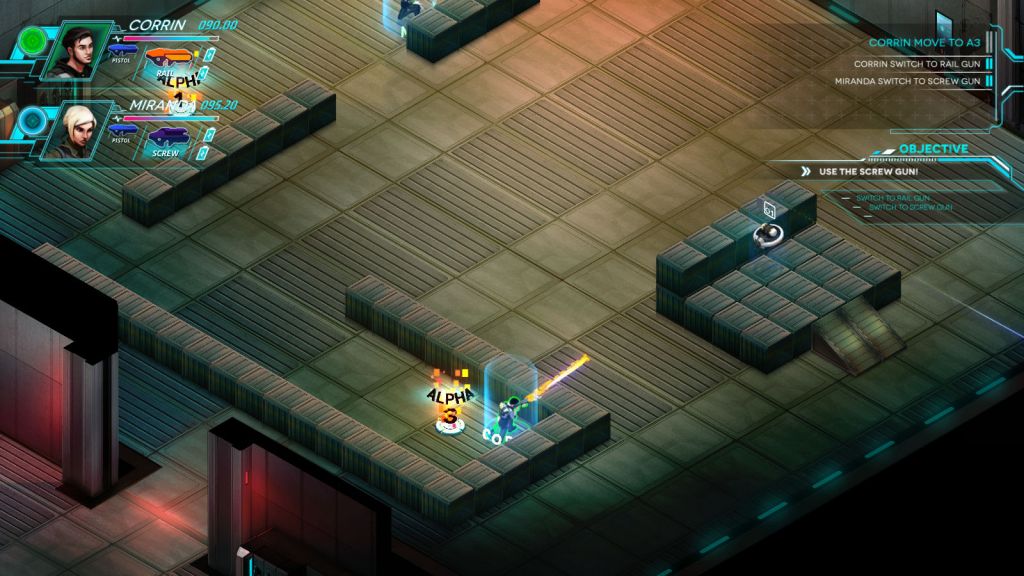
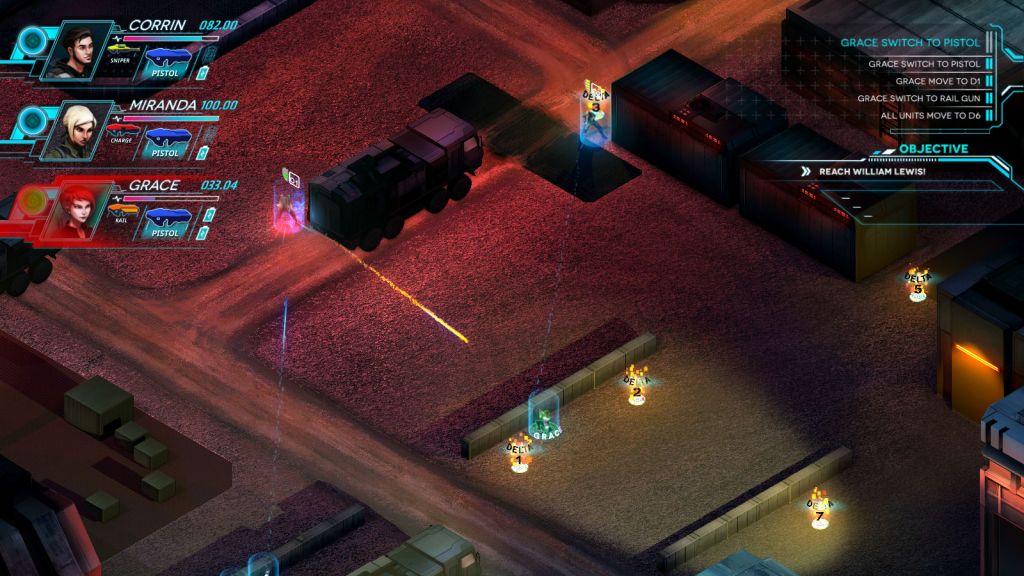

Star Trek